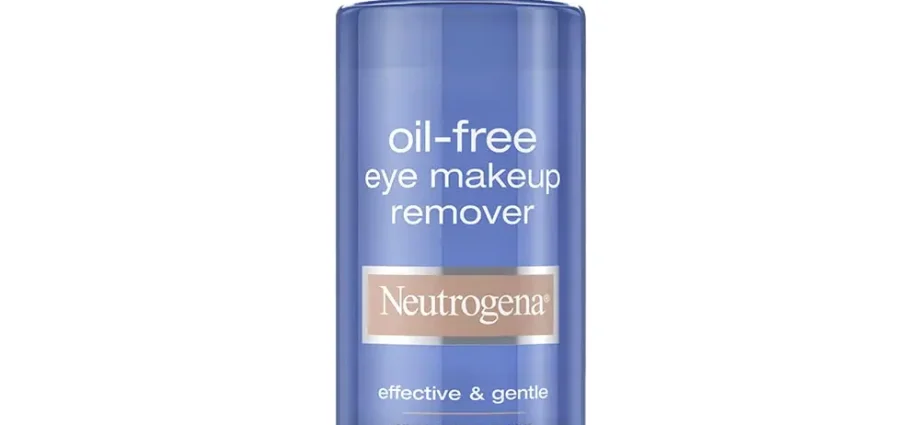Contents
Is the oil good at removing makeup, what are the pros and cons of hydrophilic oils, how do they differ from biphasic oils, and what does micelles have to do with it – we answer all questions.
Types of make-up remover oils
Vegetable oil is a natural substance extracted from plant materials. It contains fatty acids and high molecular weight alcohols (sterols). It can be used as one of the elements of home skin care, including makeup removal.
Hydrophilic oil – a cosmetic product consisting of an oil part and an emulsifier. It must be washed off with water. It is intended only for cleansing the skin, in particular – removing cosmetics.
Two-phase oil for make-up remover consists of oil and water fractions. Designed to remove waterproof make-up, including from the eyes.
Answer our quiz to find out which makeup remover is right for you.
Natural makeup remover oils
To understand the difference between ordinary vegetable and cosmetic oils, it is not necessary to conduct a comparative analysis on your own skin. Just read the information below.
How do they work
The main component of vegetable oils is fatty acids, which absorb surface impurities, decorative cosmetics and sebum. But natural oils have a drawback: they are poorly soluble in water, so it is problematic to wash them off without residue.
What oils are suitable for makeup removal
Sweet almond, grape and apricot kernel oils are best for removing decorative cosmetics. In addition to cleansing, they moisturize and soften the skin.
Application rules
If you decide to use a natural make-up remover oil, first apply it to a damp cotton pad, and after the procedure, remove the residue from the skin with a warm, damp towel.
Safety measures
Fans of natural care should be aware that makeup removal with vegetable oils has drawbacks. So, Decléor brand expert Olga Gorokhova do not recommend using such products on a regular basis for cleansing oily, combination and acne-prone skin. Oils don’t wash off well with water and can clog pores if not carefully removed.
To cleanse the skin, choose hydrophilic oils. They will get the job done quickly and efficiently.”
Hydrophilic oil: what is it and how to use it
Hydrophilic oil – a product with a light texture and a formula based on two components:
oils or rather, its purified, maximally lightweight formula that removes makeup and impurities;
emulsifier, which binds oil and water molecules, making the product easy to rinse off.
Cleansing the skin with oils came into fashion about 50 years ago with the light hand of the Japanese makeup artist Shu Uemura. And now the brand Shu Uemura founded by him represents a wide range of hydrophilic oils. The compositions of modern oil cleansers are supplemented with antioxidants and plant extracts with various properties:
moisturizing;
nutritious;
soothing;
refreshing.
Hydrophilic oils Dissolves waterproof makeup well, and their texture can vary from dense velvety to weightless. Before washing with water, it is convenient to massage the face with this oil. In addition, these products smell pleasantly of flowers and herbs.
Cons of hydrophilic oil: this product is not always able to provide perfect cleanliness of the skin and may leave a filmy feeling on the face, especially if the skin is prone to oiliness.
How to use hydrophilic oil
The procedure for cleansing the skin with hydrophilic oil is simple, pleasant and effective.
Apply the oil to dry face.
Perform a light massage in circular motions.
Add some water to emulsify the oil.
Wash off with plenty of water.
Owners of oily and combination skin after applying hydrophilic oil should wash with a gel or foam. Otherwise, the cleansing will be insufficient, which can provoke greasiness of the skin and clogged pores. And the use of tonic after cleansing is a must for any type of skin.
Biphasic make-up remover oil
This product consists of two components – oil and water, which are mixed immediately before use, you just need to shake the bottle. Product highlights:
used only for make-up removal;
used to remove waterproof makeup from the eyes and face;
applied with a cotton pad;
does not require rinsing with water.
The most modern version of this category of products is two-phase micellar water, which allows you to remove even waterproof cosmetics without effort and friction that injures the skin of the eyelids.
Comparative table of makeup remover oils
| Materials | Vegetable oil | Hydrophilic oil | biphasic oil |
| Dissolves make-up (including waterproof) and impurities | Yes | Yes | Yes |
| Does not break the hydrolipidic film | Yes | Yes | Yes |
| Oily heavy texture | Yes | No | No |
| Easily removed from the skin | No | Yes | Yes |
| Needs to be washed off with water | Yes | Yes | No |
| Suitable for all skin types | No | Yes | Yes |
Makeup Remover Oil Review
Hydrophilic oil
Hydrophilic oil for oily skin, Porefinist Fresh, Shu Uemura with the texture of a tonic, it is easily distributed over the face, removes makeup and excess sebum, moisturizes the skin. In the composition – extracts of bitter cherries and sakura leaves. Bonus – a light aroma of grapefruit, lily, sakura.
Maslo Biosource Total Renew Oil, Biotherm copes with make-up and pollution on a par with the best samples of hydrophilic oil, but it has the peculiarity that it turns into foam upon contact with water. In the composition – extract of brown algae sugary kelp and natural vegetable oils of passion fruit, apricot, corn and rice bran.
Two-phase oil
Micellar water biphasic, L’Oréal Paris – one phase is enriched with micelles, which allows you to remove makeup in a few strokes, and the oil phase dissolves waterproof makeup.
Micellar water with oils, Garnier Oils and active cleansing micelles remove waterproof makeup without leaving a greasy film.










